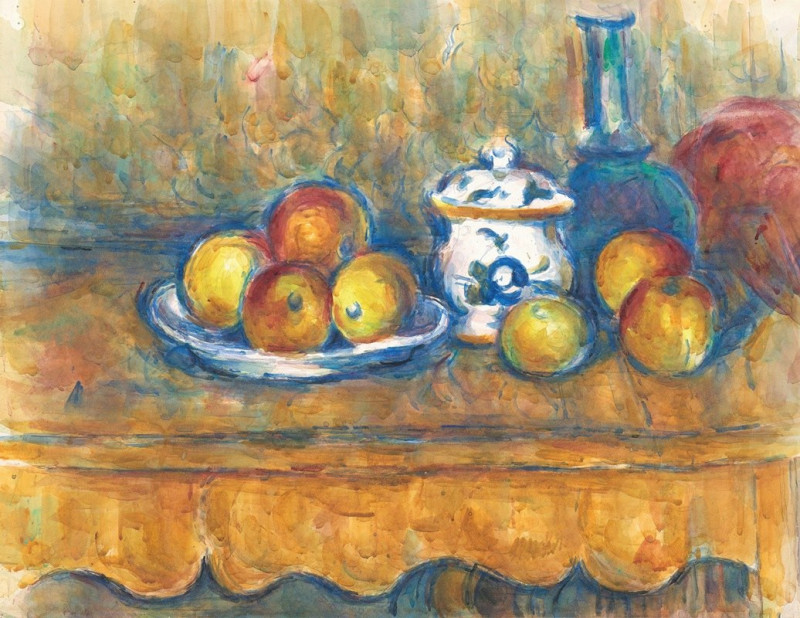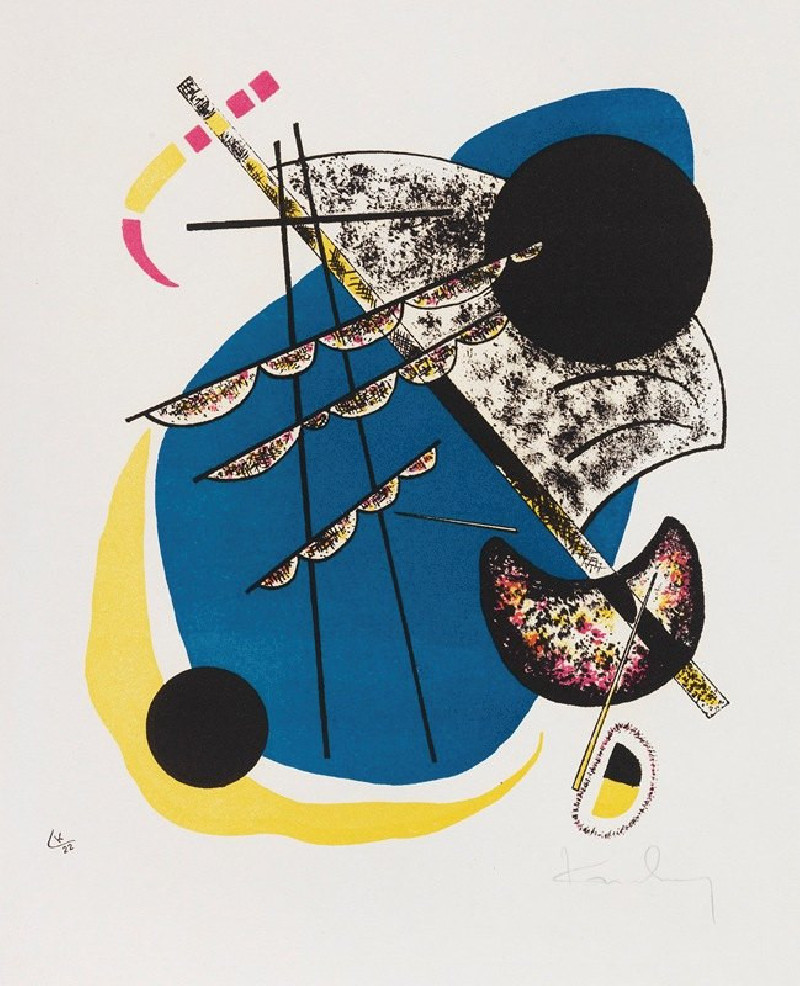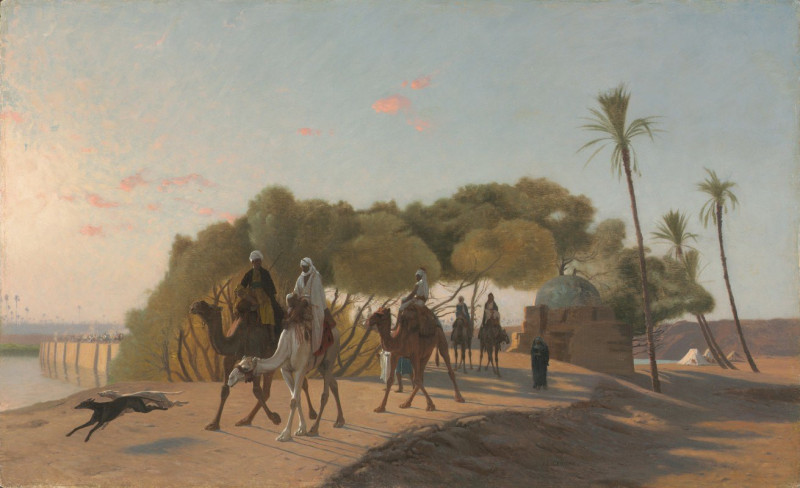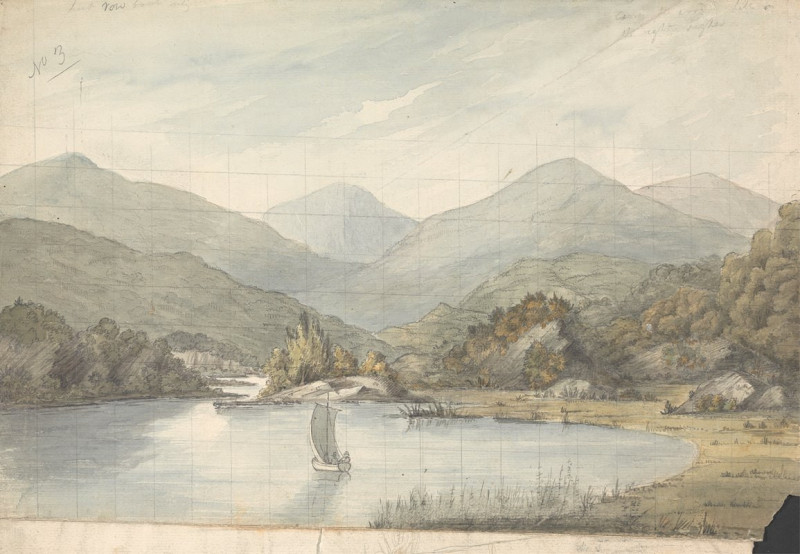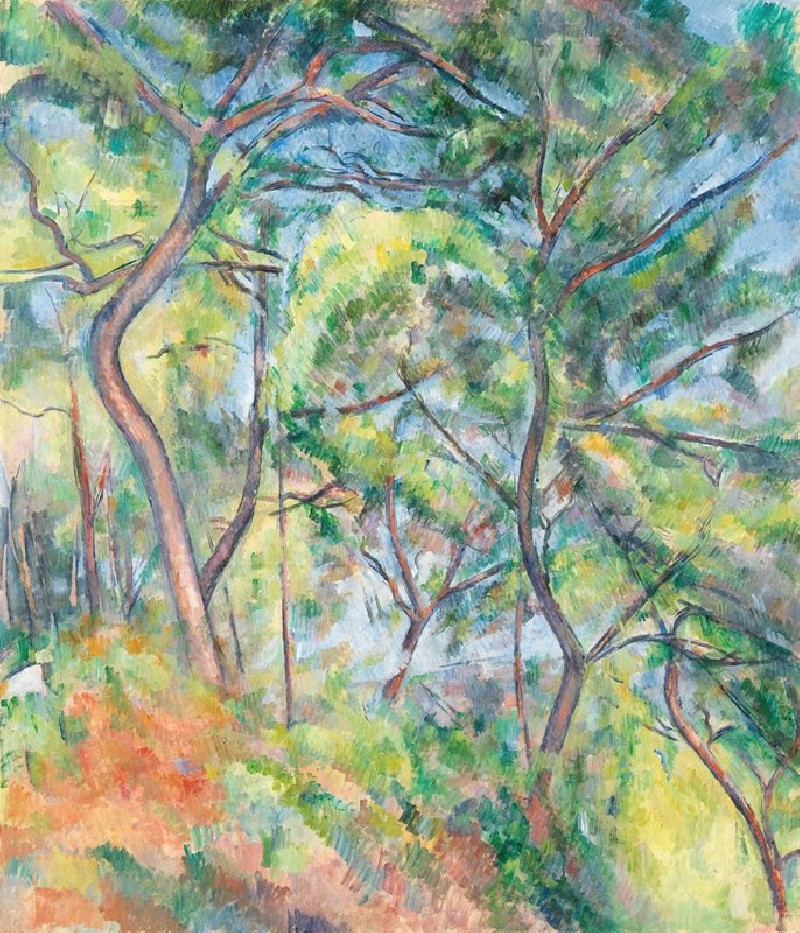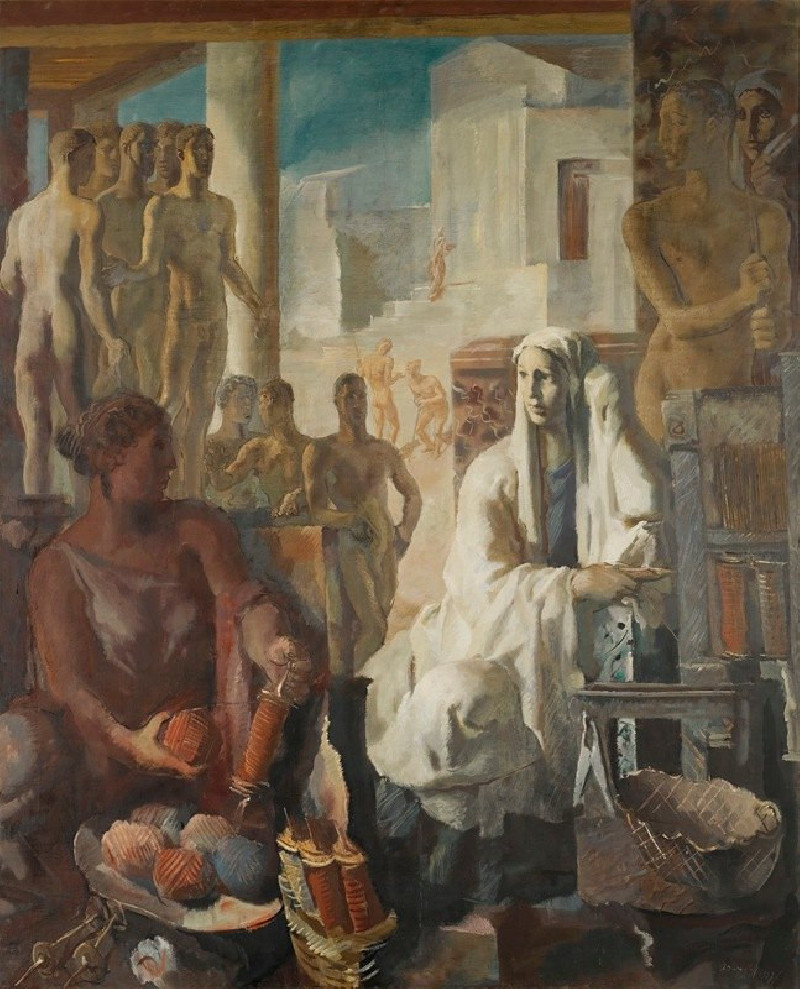Der Besuch der Freundin (1912)
Technique: Giclée quality print
Recommended by our customers
More about this artwork
Ernst Ludwig Kirchner, a pioneer of the German Expressionist movement, invites viewers into a compelling narrative with his 1912 masterpiece "Der Besuch der Freundin" (The Visit of the Girlfriend). This etching is a remarkable exposition of Kirchner's exploration of form, emotion, and expression.The artwork portrays two figures, dominantly a nude woman and a clothed woman, engaged in a subtly complex interaction. The nude is positioned centrally, her pose relaxed yet dynamically expressive, stepping into what appears to be a shallow basin. This central figure’s directness and vulnerability contrast starkly with the clothed woman, whose elegant attire and composed demeanor suggest a different societal role or emotional state.Surrounding these figures are faint, ghost-like traces of other forms and faces, perhaps indicative of the societal perceptions or personal emotions surrounding this visit. The backdrop and the figures are rendered with rough, hurried lines that communicate a sense of immediacy and intensity. Kirchner’s use of etching technique enhances the texture and depth, adding a gritty, almost tactile quality to the scene."Der Besuch der Freundin" is not just a visual encounter but a narrative full of emotional and social undercurrents, reflecting Kirchner’s interest in the complexities of human interactions set against the backdrop of modern society. This piece is a profound example of how expressionism transcends mere representation to evoke deeper layers of meaning and feeling.We invite viewers to delve into the nuances of this intriguing work, examining the interplay of structure and spontaneity, and considering the diverse interpretations that this piece might inspire.
Delivery
Returns
Ernst Ludwig Kirchner (1880–1938) was one of the most important German Expressionist painters. He was a co-founder of Die Brücke, a group of German expressionist artists formed in Dresden in 1905. Die Brücke and Kirchner took inspiration from Vincent Van Gogh and Edvard Munch, as well as African and Oceanic art. They used woodblock printing as a medium to showcase their signature style: flat, unrealistic images with vivid colors. The recurring themes in Kirchner's artworks included exotic cultures, faraway landscapes, self-portraits, dancers and Berlin street life. His paintings and prints effectively portrayed non-European cultures despite the fact that he never traveled outside of Europe.

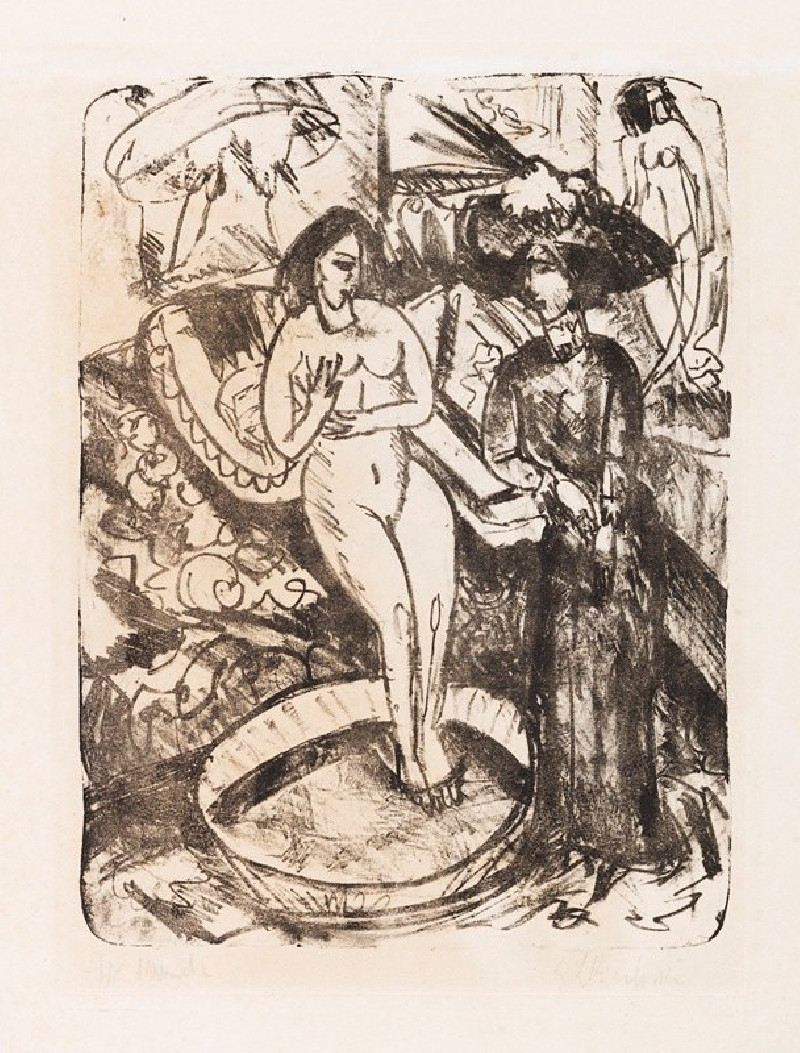






























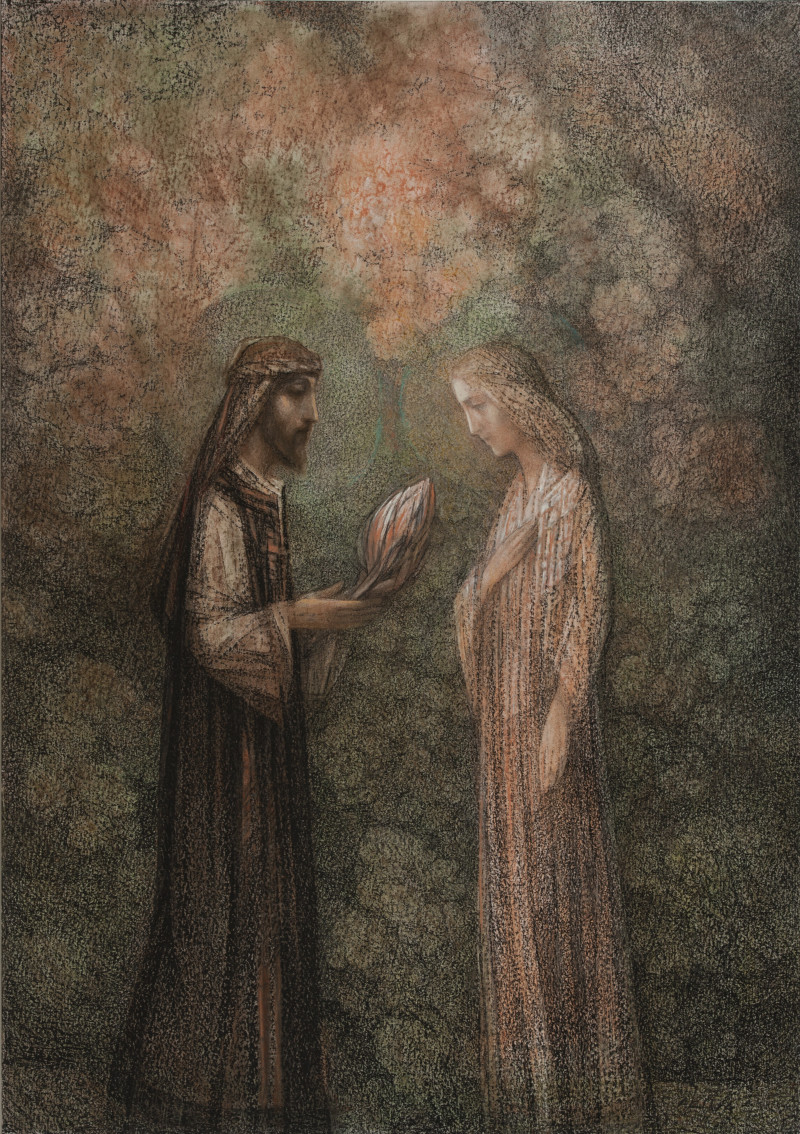

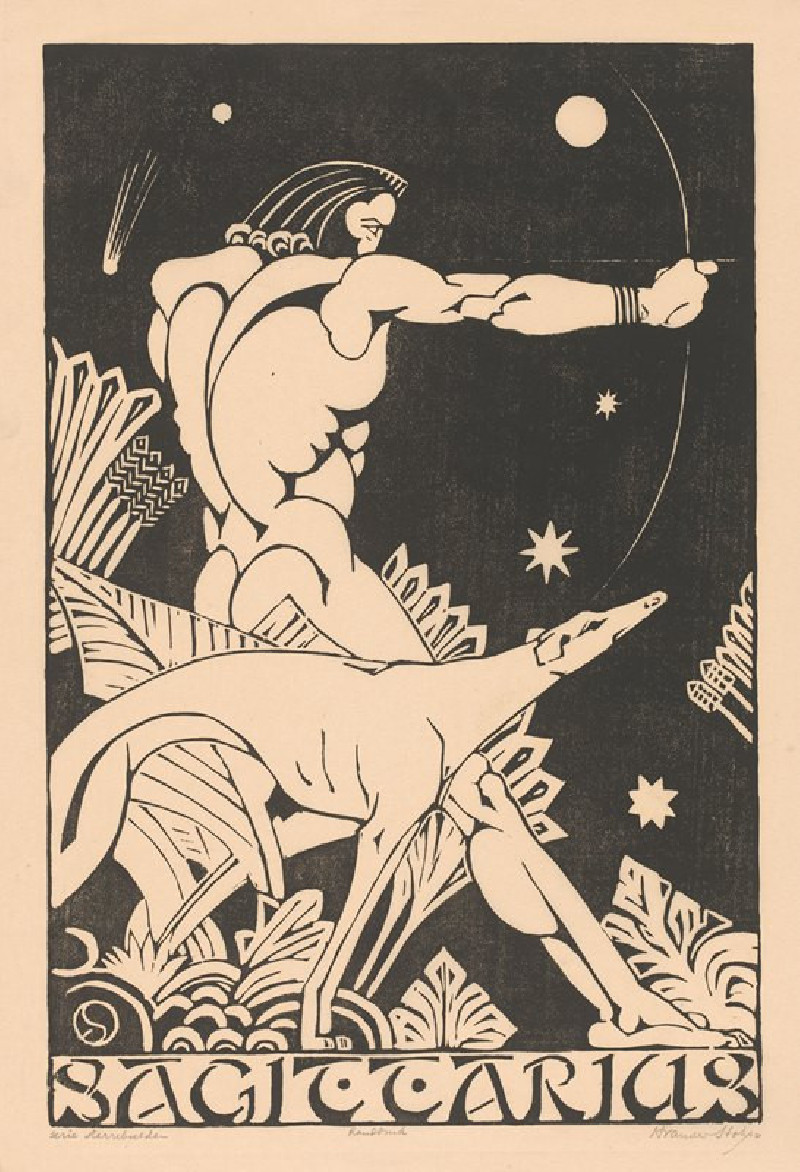
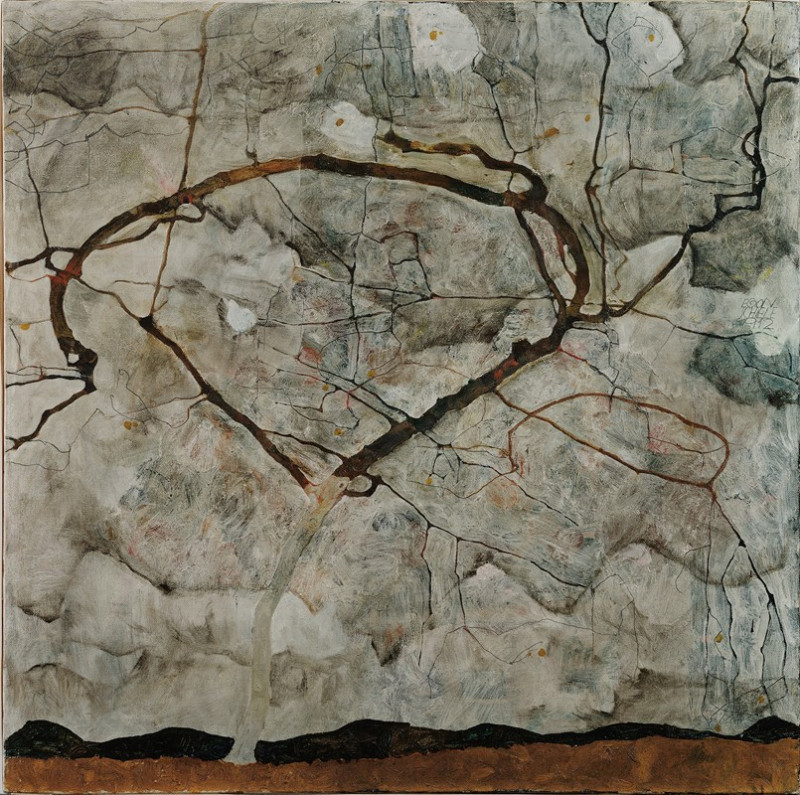
![Interior of the mosque of the Sultan El Ghoree [Masjid al-Ghuri]. (1846-1849) reproduction of painting by David Roberts. ALL ...](https://reprodukcijos.lt/39128-large_default/reproduction-of-interior-of-the-mosque-of-the-sultan-el-ghoree-masjid-al-ghuri-1846-1849.jpg)
